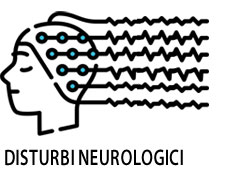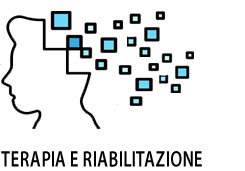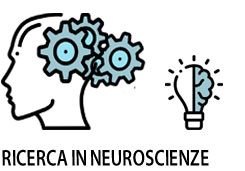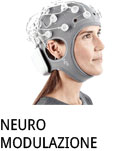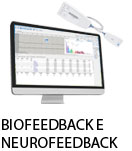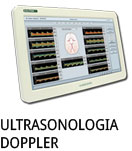- +39 011 5821948
- info@geasoluzioni.it
- Lun - Ven 8:00 - 17:30
Pubblicazioni
Fatigability, oxygen uptake kinetics and muscle deoxygenation in incomplete spinal cord injury during treadmill walking
- Abstract:
- PURPOSE: The purpose of the present study was to characterize hypothesized relationships among fatigability and cardiorespiratory fitness in individuals with chronic motor-incomplete SCI (iSCI) during treadmill walking. The theoretical framework was that exacerbated fatigability would occur concomitantly with diminished cardiorespiratory fitness in people with iSCI. METHODS: Subjects with iSCI (n = 8) and an able-bodied reference group (REF) (n = 8) completed a 6-min walking bout followed by a walking bout of 30-min or until volitional exhaustion, both at a self-selected walking speed. Fatigability was assessed using both perceived fatigability and performance fatigability measures. Pulmonary oxygen uptake kinetics (VO2 on-kinetics) was measured breath-by-breath and changes in deoxygenated hemoglobin/myoglobin concentration (∆[HHb]) of the lateral gastrocnemius was measured by near-infrared spectroscopy. Adjustment of VO2 and ∆[HHb] on-kinetics were modeled using a mono-exponential equation. RESULTS: Perceived fatigability and performance fatigability were 52% and 44% greater in the iSCI group compared to the REF group (p = 0.003 and p = 0.004). Phase II time constant (τp) of VO2 on-kinetics and ∆[HHb] ½ time during resting arterial occlusion were 55.4% and 16.3% slower in iSCI vs REF (p < 0.01 and p = 0.047, respectively). CONCLUSIONS: The results of the present study may suggest that compromised O2 delivery and/or utilization may have contributed to the severity of fatigability in these individuals with iSCI. The understanding of the extent to which fatigability and VO2 and Δ[HHb] on-kinetics impacts locomotion after iSCI will assist in the future development of targeted interventions to enhance function.
- Patologie/Applicazioni:
- Anno:
- 2017
- Tipo di pubblicazione:
- Articolo
- Parola chiave:
- ossigenazione muscolare
- Testata scientifica:
- European journal of applied physiology
- DOI:
- 10.1007/s00421-017-3685-y
La nostra storia
GEA soluzioni si affaccia nel 2013 al mercato della strumentazione medicale di alto livello tecnologico ma la sua storia parte da più lontano, clicca qui per approfondire.
GEA SOLUZIONI SRL
via Issiglio 95/10, Torino
Tel.: 011 5821948 / 011 4463853
Fax: 011 0433281
Email: info @ geasoluzioni.it
P. IVA IT11696920013
REA TO1233648

